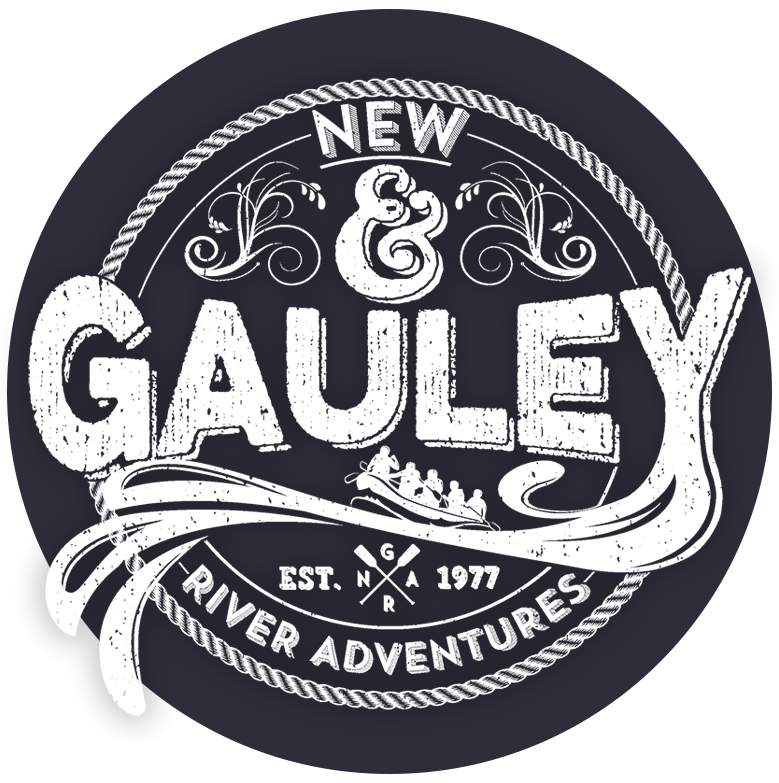The Whitewater Classification System (in basic terms):
- Class I: (Easy) Moving water with small disturbances on the surface and a few small waves. There is little to no danger to swimmers.
- Class II: (Novice/Beginner) Faster moving water with easily avoided rocks, holes, and waves. Danger to swimmers is still slight but care must be taken.
- Class III: (Intermediate) Fast moving water containing various rocks, holes, currents, and waves that require skillful maneuvering to avoid. Swimmers could be at risk and may require help.
- Class IV: (Advanced) Strong rapids, large waves, big holes, unpredictable currents, and dangerous obstructions requiring multiple maneuvers to get through or around. Swimmers are at risk and will require help to be rescued.
- Class V:(Expert) All of the characteristics of Class IV with the added danger of being longer and containing more continuous features that may not be avoided. There is serious risk to swimmers and others may be of no help.
- Class VI: (Unrunnable) Only a team of experts who carefully plan every aspect of this expedition would have hope of surviving these rivers and rapids.
Purpose of Rapids Classifications
Rapids classifications provide a standardized system for assessing the difficulty and potential hazards of whitewater rapids. These classifications help guide river enthusiasts, such as kayakers, rafters and canoeists, in making informed decisions about which rapids suit their skill level and experience. Rapids are typically classified on a scale ranging from Class I, which is the easiest, to Class VI, which is the most difficult and dangerous.
Importance of Understanding Classifications
Understanding these classifications is crucial for safety and planning. By knowing the difficulty level of a rapid, inexperienced and experienced paddlers can assess their own abilities and choose appropriately challenging rapids. This knowledge also helps assemble suitable groups or teams, ensuring everyone has the necessary skills to safely navigate the river.
Moreover, classifications assist in planning river trips and expeditions. Paddlers can evaluate the overall difficulty of a river section by considering the classifications of individual rapids along the way. This information helps them choose the right type of boat and allocate resources and time accordingly.



